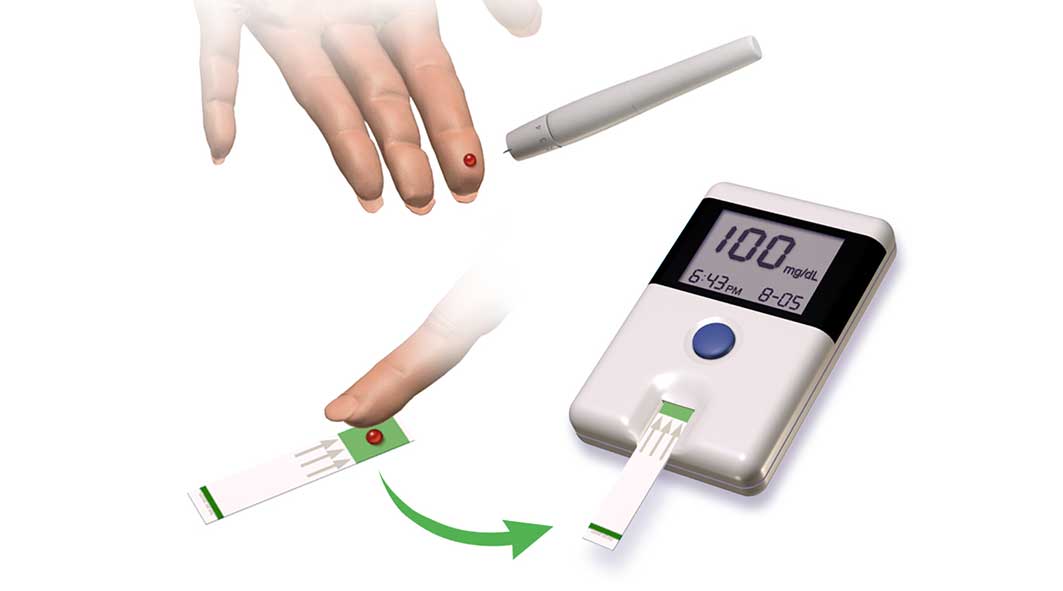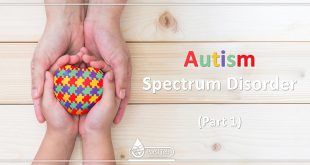Tight Glucose Control
The most important goal of diabetes treatment is tight glucose control. The American Diabetes Association recommends that most adults with diabetes keep their blood glucose levels between 90 and 130 mg/dL before meals (preprandial) and less than 180 mg/dL after meals (postprandial). Your doctor may recommend a higher or lower range, depending on your individual circumstances.
The only way to tell if your blood glucose levels are under control is to test your blood sugar levels one or more times a day with a home blood glucose monitor and have your doctor test your HbA1c level at his or her office every few months. If you’ve had diabetes for many years, you know that in the past doctors weren’t this strict about glucose control. They knew that people with diabetes needed to check their blood levels to prevent sudden symptoms of high blood glucose (hyperglycemia) and low blood glucose (hypoglycemia). But they weren’t sure whether preventing everyday highs and lows had any effect on preventing longterm diabetes complications, such as kidney disease (nephropathy), nerve damage (neuropathy), and eye damage (retinopathy), all of which are caused by injury to very small blood vessels (microvascular complications).
The proof came in 1993, with the publication of the Diabetes Control and Complications Trial (DCCT), a 10-year study involving 1,441 men and women with type 1 diabetes, and in 1998, with the 10-year United Kingdom Prospective Diabetes Study (UKPDS) of 3,867 people with type 2 diabetes.
The DCCT
Participants with type 1 diabetes in the DCCT followed one of two treatment regimens: intensive or standard. Individuals in the intensive-treatment group monitored their blood glucose levels three or four times a day, injected insulin three or four times a day (or used an insulin pump), adjusted their insulin doses according to blood glucose levels, and followed daily dietary and exercise recommendations. Individuals in the standard-treatment group checked their blood glucose once a day, injected insulin once or twice a day, and followed the diet and exercise regimen.
Compared with the standard-treatment group, people who received intensive treatment had significantly lower fasting blood glucose and HbA1c levels during the study. In addition, they significantly reduced their long-term risks of retinopathy by 76%, nephropathy by 50%, and neuropathy by 60%. In a follow-up study, people who lowered their HbA1c from an average of 9.1% to 7.4% with intensive treatment over a 6.5-year period reduced their risk of heart attack, stroke, or dying of cardiovascular disease by 57%.
The UKPDS
Similar results were seen in the UKPDS, in which half of the participants with type 2 diabetes followed a conventional diet and exercise regimen, and the other half were treated with diabetes medication (a sulfonylurea drug, metformin, and/or insulin) in addition to the usual lifestyle regimen. Drug treatment plus the usual lifestyle regimen resulted in better blood glucose control and a 25% reduction in retinopathy and kidney disease, compared with lifestyle measures alone. In addition, every 1% reduction in HbA1c was associated with a 14% decrease in the risk of heart attacks.
The potential risks
It’s important to realize that tight blood glucose control can increase your risk of hypoglycemia (low blood sugar). For example, participants in the intensive-treatment group of the DCCT had a threefold higher incidence of hypoglycemia than people in the standard-treatment group. This risk of hypoglycemia may outweigh the benefits of tight blood glucose control in elderly people, whose chance of living long enough to develop long-term complications may not be as great as hypoglycemia-related risks such as dizziness, fainting, and injuries due to falls.
Less aggressive blood glucose control may also be advised for individuals who do not recognize hypoglycemic reactions (a condition called hypoglycemic unawareness). As a result of nerve damage from diabetes or the use of beta-blockers, your body may stop providing the usual warning symptoms of low blood glucose such as anxiety, nervousness, sweating, and rapid heartbeat. Without these warnings, the risk of severe hypoglycemia increases. Fortunately, studies show that people can regain hypoglycemia awareness if episodes of significant hypoglycemia are prevented for several months.
The bottom line: You should aim for the best blood glucose control that is safely possible for you. If severe or frequent hypoglycemia occurs, that means you may need to change your treatment regimen and settle for a higher blood glucose target.
 Parsi Teb Physical and Mental Health Journal
Parsi Teb Physical and Mental Health Journal 



